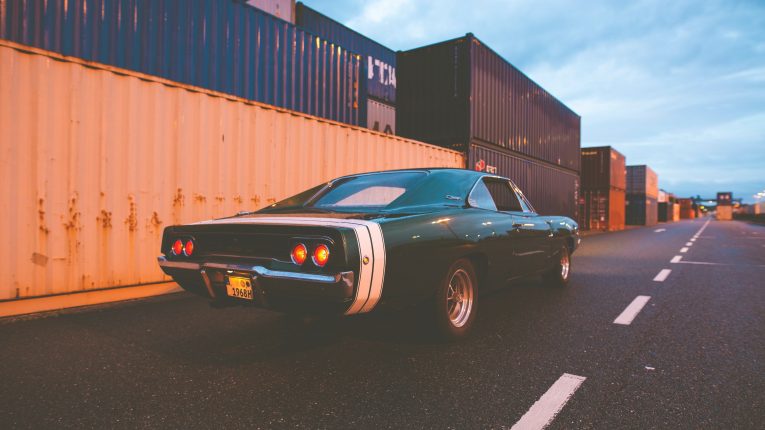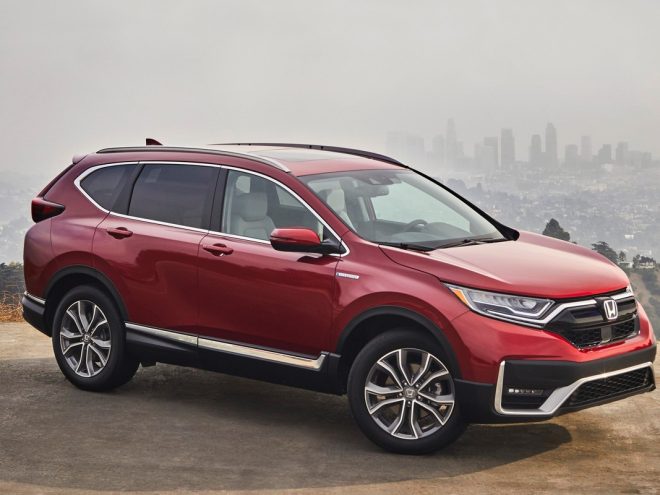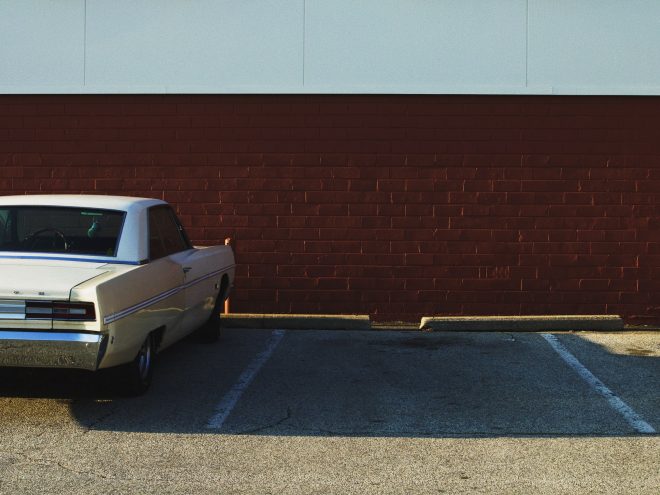
10 Proven Ways to Avoid Used Car Fraud
Distributors who suffer from fraud tend to place unlimited trust in people they should not, including the credentials or high-performance sales manager they hired to help manage their dealerships. They will not take all the trials out of their financial and organizational procedures through their belief in common courtesy. This makes it a bit too easy and too irresistible for less honest workers to steal them from their heads.
In addition to a home, buying a car is a superior shopping experience for a consumer. The best way to find a vehicle that fits your needs, lifestyle, and budget, maybe to buy a used vehicle like from trusted dealers.
Like any large store, you must do your duty to ensure the car is right for you before you purchase a used car and to prevent theft or abuse. In this procedure, you have to look at different models and retail paths carefully, carefully, and thoroughly.
1 Go only with trusted car dealers
Try to buy from a reputable car dealership. Stay away from individuals who sell their vehicles on Craigslist or eBay because there’s no way to know if they’re legitimate sellers or not. If possible, try to find a dealership that offers an extended warranty so you know your new car is protected even after the manufacturer’s warranty has expired. This is an added expense but could save you lots of money in case of costly maintenance. Check out ReCar if you are looking for used cars charlottetown.
2. Watch for announcements or sellers too good to be true.
If a deal seems too good, it probably is — even when it comes to buying a used car. While there are exceptions, most used cars are sold at a price that is not much lower than the price of a new vehicle with similar features and in similar condition. An unusually large discount could be an indication that the dealer is selling a lemon or has other problems with the vehicle he or she doesn’t want you to know about. Be wary about this, since too good to be true prices is one of the most common signs of used car scam!
3. Caution against curbsiders.
A more curbside is a non-licensed person, auto dealer fraud, or retailer that sells cars for profit. A curber buys vehicles, and they post the same cars on sale with a marking, instead of signing them under their names. As the previous owner, the curber will pose or tell potential buyers that they sell the vehicle for a family member or friend, and often play on the emotions of a buyer by showing them an awful story.
A curber may misrepresent the actual state of the vehicle, reverse the rider or hide significant issues, and usually persuade the new buyer to pay in cash to prevent a trail of paper. The curber makes money for the vehicle but prohibits any taxes from being paid. They often have many vehicles on sale at the same time. To prevent disclosure of personal address and details, the prospective buyer often requests them at a public location.
4. Do not trust your caller ID.
The technology makes false caller ID details simple for the auto dealer fraud, so your name and number are not always real. When anyone demands money or personal data, hang up. If you think that the caller could tell the truth, call back to a number that you know is authentic.
5. See the dealer. Check it out.
When you buy your used car from a dealer, look into the past and credibility of the store. Through jurisdiction is equipped with a regulatory authority that grants dealership licenses, which is a requirement to sell vehicles legally.
6. Search for cars and liens that have been stolen.
You should look for ties with the car. An interest in a vehicle is interest on a vehicle that the owner, typically as a guarantee or collateral for a debt, grants to another party until such debt has been issued. The new owner can be liable to pay the amount owed if the car has an extraordinary lien.
7. Test the name of the seller and the VIN.
You want to learn that the owner really is the one who sells the car. Scan even the registration form, and do not use a photocopy. It is also an excellent time to double-check the registration form for the car’s make, model, year, license plate, and vehicle ID number. The VIN can be found on the dashboard from the driver’s side of the windshield and is also found in the jamb/post door, inside the driver’s side door where it is closed.
8. The car’s condition is double-checked.
To make sure that the inside and outside are in line with the condition that the seller advertises, you get the chance to examine the vehicle. Don’t rash when it comes to testing – it might take up to 30 minutes to check the flow of the car. Need to listen for sounds that are strange or revealing.
9. Before you get your car, don’t pay.
Do not consent or send money via wire transfer to pay the vehicle upstream. While a small deposit will provide the seller with an excellent way of reminding him that it is necessary to purchase the car, do not hand the entire sum over to the vendor until the day the vehicle is ready to come home. If the seller requests a third party escrow service, check into the service and ensure that it is legitimate and safe because many online escrow websites are fraudulent.
10. Take the car for inspection before purchase.
Get an autonomous, accredited mechanic to test the vehicle in detail before purchasing. He or she will diagnose any problems the car may have and express suggestions about future repairs or replacements that are costing you on the road.





